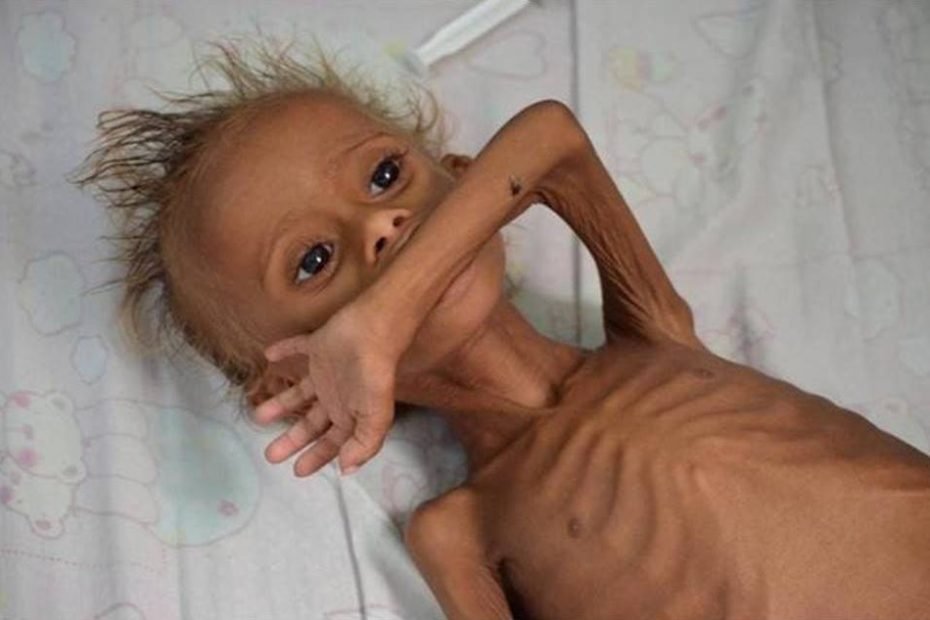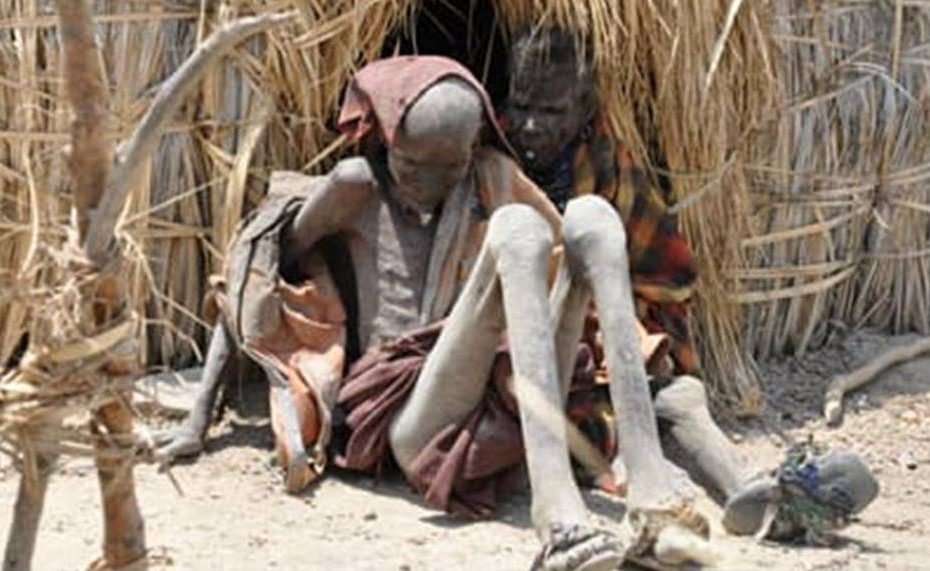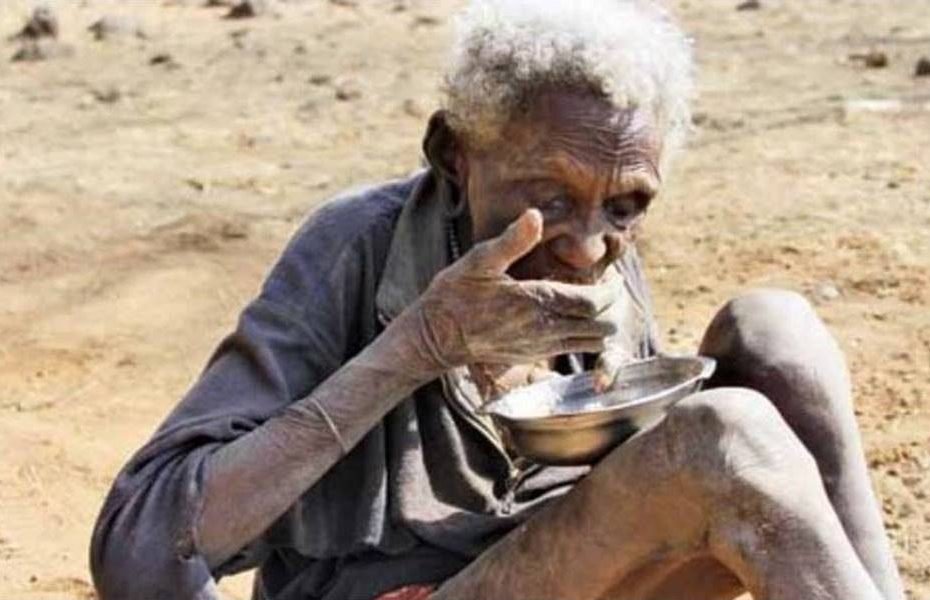



Africa is on the brink of a devastating famine that threatens to leave millions at risk of extreme hunger. A humanitarian catastrophe looms as conflict in Ukraine, rising food prices, locust plagues, the ongoing effects of the COVID-19 pandemic and extreme drought intertwine to create mass food insecurity across the continent.
In the Horn of Africa, there have been four consecutive failed wet seasons, leaving millions unable to grow crops and sustain livestock, and at risk of extreme hunger. Without urgent humanitarian aid, we could soon see starvation on an unprecedented scale.
Why is there famine in Africa?
The causes of famine are complex and often interlinked with numerous other world events. Ongoing conflict, climate change, extreme poverty, displacement and political instability can create conditions that ultimately lead to famine.
Conflict is often the main catalyst for famines. When war and violence occur, communities suffer. Conflict can drive large quantities of people away from their homes and land, depriving them of food and clean water. Without access to farmland or income-generating opportunities, communities are at risk of extreme hunger.
Displacement does not simply mean people leave and resettle elsewhere. Families are torn apart through dislocation, vulnerability to disease increases, and people risk falling into poverty. When large numbers of people arrive in a new community, that community may not be equipped to handle a sudden surge in population and so there is typically a dramatic rise in local prices.
Across Africa, conflict in countries such as Ethiopia, Yemen and South Sudan have displaced millions of the most vulnerable people. But it is not just conflict on the African continent that is causing food shortages. The war in Ukraine, despite occurring thousands of kilometers away, is pushing up global food prices.
Countries in the Horn of Africa like Yemen, Somalia, Ethiopia and Sudan depend heavily on wheat imports from Russia and/or Ukraine. Ethiopia and Kenya also rely on fertilizer for over 80% of their crops, making a shortage of this particular commodity a recipe for disaster.
We have even seen this in Australia where, despite being far away from conflict, the war in Ukraine has led to an increase in food prices. However, in countries that are already struggling to find food, this threatens to push them to the breaking point.
The impact of climate change on famine in Africa
Communities who contribute the least to global warming are bearing the brunt of the climate crisis. As temperatures soar, unpredictable weather patterns will become increasingly frequent.
Droughts have become more intense and common in recent years across the Horn of Africa. In Ethiopia, four consecutive years of drought have decimated livestock and rendered the land unusable for farming. Without water, there is little prospect of growing food for sustenance or for income.
For women like Mali, a mother of eight living in Ethiopia, the ongoing drought is putting the lives of her family and community at risk. She has to walk nearly 24 hours to bring home water for her children, who can only eat one meal a day.
Prior to the drought, Mali owned 20 goats, but now she is down to her final three, increasing her anxiety around providing food for her children.
The causes of drought in Kenya are complex and can vary from region to region. Some contributing factors include climate change, deforestation, overgrazing, poor land use practices, and inadequate water management strategies. Other factors may include population growth, limited infrastructure, and political instability.
The consequences of drought in Kenya today are widespread and can be devastating. Some of the most significant impacts include:
- Food and water shortages: Drought can lead to crop failure and water scarcity, which can result in food and water shortages for both humans and livestock.
- Health problems: Lack of clean water can lead to the spread of waterborne diseases, such as cholera and typhoid fever. In addition, malnutrition and starvation can also occur due to food shortages.
- Economic losses: Agriculture is a major source of income for many Kenyans, and drought can lead to significant economic losses for farmers and others in the agricultural sector.
- Migration and displacement: In some cases, drought can force people to leave their homes and move to other regions, which can result in displacement and other social and economic challenges.
- Conflict: Competition over scarce resources, such as water and pasture, can lead to conflict between different groups, which can further exacerbate the impacts of drought in Kenya.
Let’s pray together!
Dear Lord,
We pray for you to give daily bread to the hungry today (Matthew 6:11) and to end their persistent hunger. Provide them the nourishment they need to grow and thrive. Pour out your grace on hungry families, especially parents who are struggling to feed their children despite dwindling resources. Amen
Comments